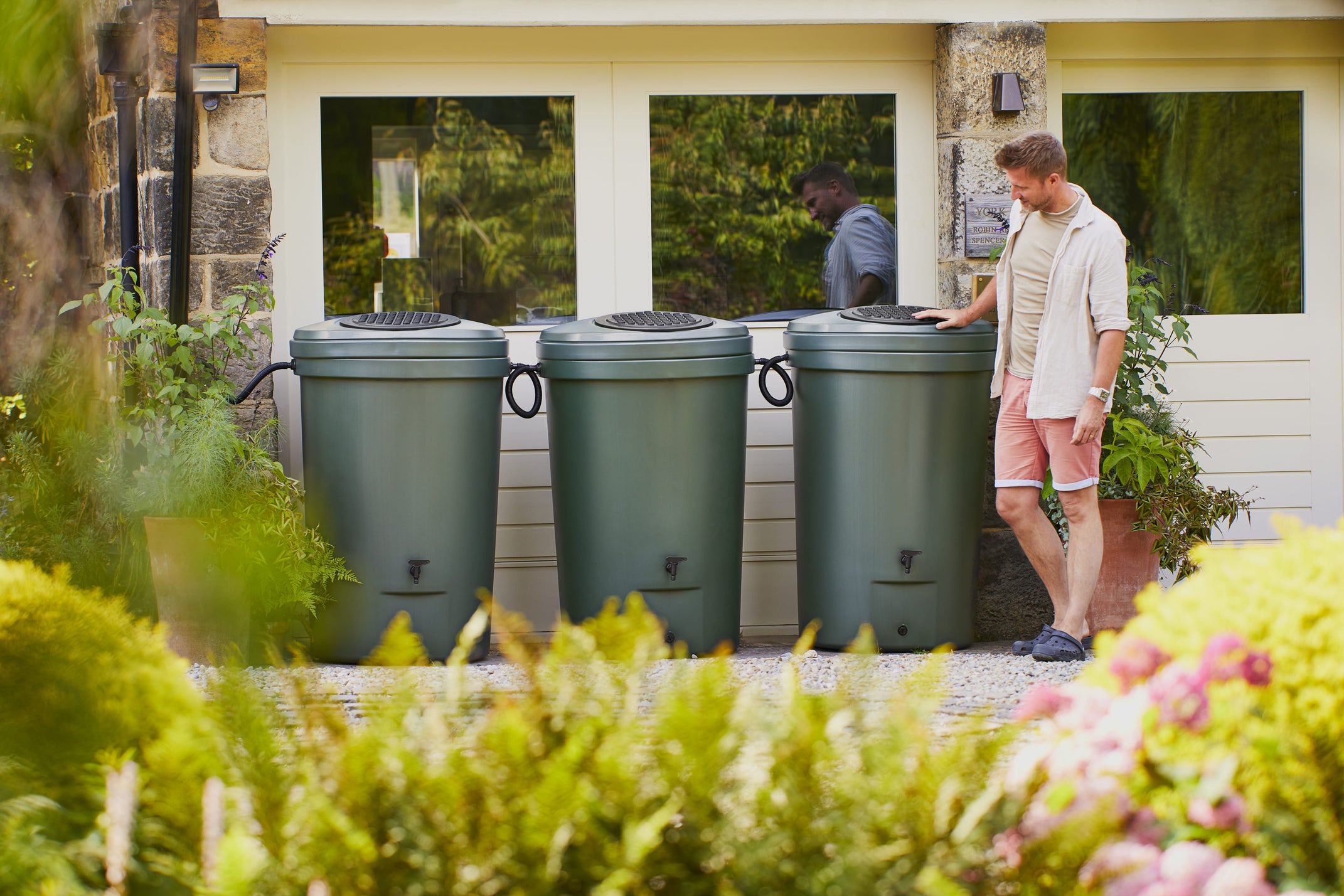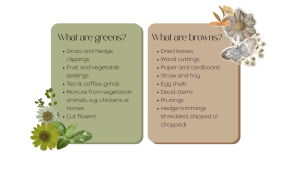
How to Compost for Beginners: Which Compost Is Best for Me?
With the rise of sustainable living, more households than ever are adopting small changes to make more planet-conscious decisions. What started as COVID gardening, with small projects of grow-your-own, has developed into a newfound love of gardening.
If you’ve developed the gardening itch but have no idea where to start, low-maintenance projects like cold composting are a great way to enter the world of gardening. What is cold composting, and are there different types of composting you should be made aware of? The answer is yes, and this guide will provide all the information you need to determine which type of composting is best for your home.

Cold Composting
They’re are four different ways in which you can compost your waste. The lowest maintenance is cold composting. This method is more suitable for busy households that need something that requires minimal time and effort.
How does it work? It’s as simple as piling up kitchen scraps and gardening waste, and letting nature take care of the rest. Overall, the process can take between 6 and 12 months, so if you’re looking for a quick solution, this may not be the avenue for you. However, it’s ideal for families and busy individuals who may not have the extra time for a process that requires more time.
A more space-saving option is the addition of a composting tumbler. A small, compact, enclosed bin that allows you to rotate the waste, achieving faster results than relying on biological processes to do the work. This is great for smaller spaces and also those who want to achieve a fast result without having to compensate for time spent on it.
Hot Composting
A more hands-on approach to composting is known as hot composting. While this method requires a bit more attention, it rewards you with finished compost in as little as 1 to 3 months, especially during the warmer months when materials break down faster.
So, how does it work? Hot composting relies on a combination of four key ingredients: nitrogen, carbon, oxygen (or air), and water. When balanced correctly, these elements create the ideal environment for microorganisms to thrive and accelerate decomposition.
This method is perfect during the growing season, when garden waste is abundant. You can create a large batch of compost in one go, then let it “cook” while you start another. It’s ideal for those who want quicker results and don’t mind checking in on their pile a little more often.
Worming Composting
Another method to consider is worm composting, also known as vermicomposting. This process utilises a specific type of worm to help break down food waste and convert it into nutrient-rich compost.
This method involves redworms, often called red wigglers, which consume your kitchen scraps and leave behind castings—natural waste packed with nitrogen and beneficial for your soil.
You won’t be using just any worms from the backyard. These special composting worms are easy to find online or at most garden centres, and they’re an affordable way to get started. It’s a great option for indoor composting or smaller households looking for a sustainable, low-odour method.
Before choosing your composting method, consider factors like available space, time commitment, and your gardening goals. The right composting system will seamlessly integrate into your lifestyle while helping you create nutrient-rich soil for your garden. Remember, starting small and scaling up as you become more comfortable is often the best approach.
